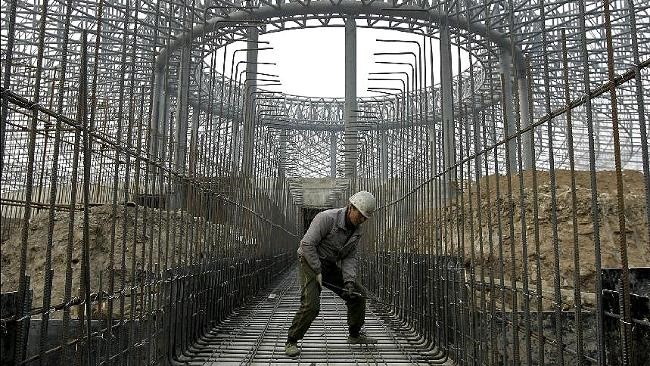The Australian-China FTA – reportedly only weeks away from finalisation – may change Australia’s economy in one important way, and it has nothing to do with cheap goods.
Reports are that the FTA will permit the temporary movement of construction teams for Chinese-originating or owned projects. This could include infrastructure, but perhaps also agriculture, mining or power projects.
This would certainly be unprecedented in Australia’s existing trade agreements. In fact, it is difficult to find a precedent for this anywhere in the world.
Could this mean teams of Chinese fruit pickers across Australian orchards? Could it mean major engineering projects – another snowy hydro scheme – effectively locking out Australian skilled workers?

Disciplines are in the detail
Probably not. There are likely to be disciplines around the temporary entry of skilled workers. Firstly, there would be a cap on numbers per year. Secondly, there may be limited ‘labour market’ testing requirements – are these skills available in Australia? Thirdly, the agreement would ideally specify the types of projects that may be open to Chinese labour fulfilment.
Will we get to see the deal before it’s done?
No. As with all trade agreements, these details are negotiated behind closed doors. Only upon signature does the detail become available for academics, the media and industry to examine. The secrecy is a very good thing – it allows experimentation on both sides with offering deeper and more significant concessions, in return for greater concessions from the other side.
One other aspect to watch is that detail on labour issues may be shunted to a side agreement, such as an MOU. In New Zealand’s trade agreement with China, an MOU between the Labour Departments of both countries contained all the detail on a ‘no questions asked’ ability for 1800 Chinese Workers to temporary supply their services in New Zealand for up to three years.
So what does all this mean for Australia?
The real question for Australia, as it heads towards the final phase of negotiations with China, is….is this so bad? Will the Australian economy really suffer from the temporary importation of specially trained, extremely efficient labour teams from China? We have all marvelled at the speed with which China has built out its major public infrastructure – roads, bridges, tunnels, power plants.
Let’s remember our own limitations. Does anyone else recall the 2013 feasibility study for Australian high speed rail? This found that the project total cost would be $114 billion, and be fully operational by…wait for it….2065! Let’s contrast this with China – since 2008, China has built over 9,500km of track – most of it elevated – and invested in 1,000 high-speed trains.
Would a bit of Chinese high speed ingenuity and know-how be so bad for Australia?
Danny Burrows, TradeWorthy


